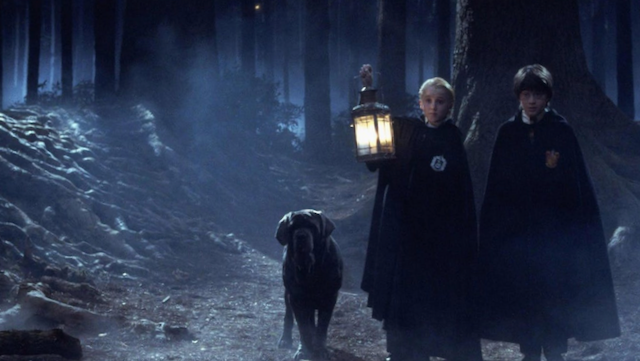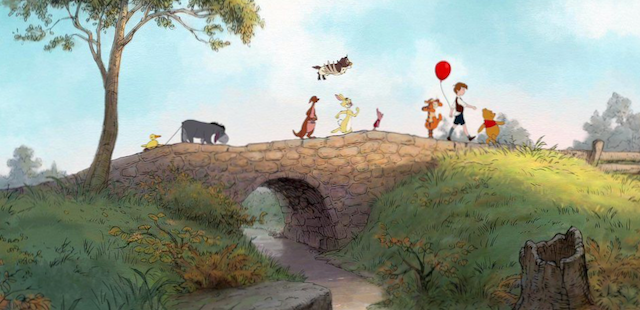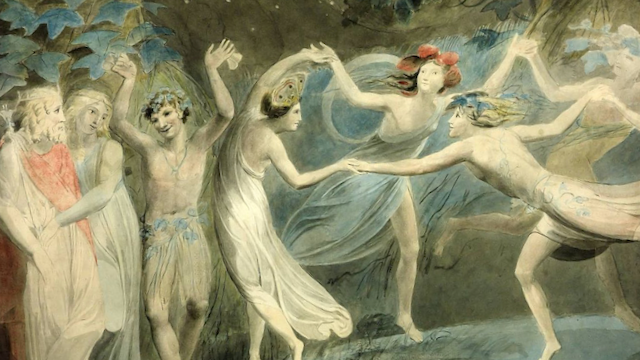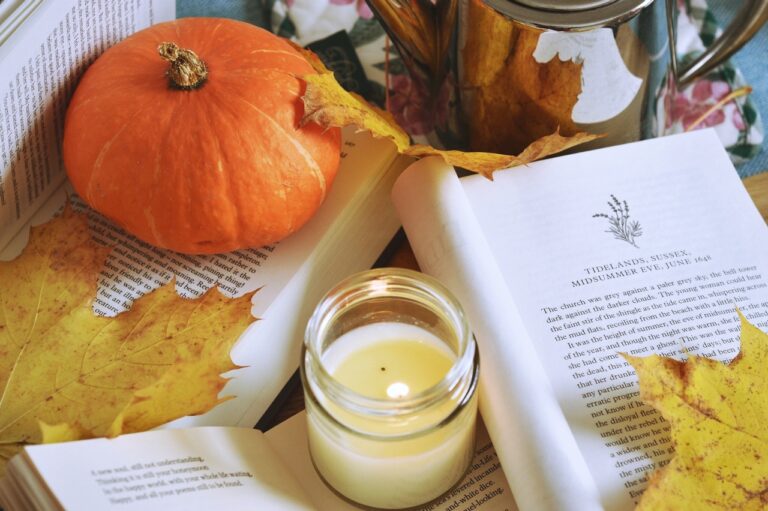Throughout millennia, Enchanted Forests have appeared in countless tales of heroism and magic. It’s one of the oldest tropes in storytelling; a place where danger, opportunity
Why are writers so captivated by the idea of the Enchanted Forest? Very often the forest illustrates the hero’s transformation; in the
Here are six of the most iconic enchanted forests from Western literature and mythology.
1. The Forbidden Forest in Harry Potter

On the grounds of Hogwarts, beyond Hagrid’s hut, lies the forbidden forest…a place where no student is allowed to roam, where magical creatures reside among the dark woods. From giant spiders to centaurs, trolls, unicorns
Throughout the series, the forest represents mystery, darkness
2. The Hundred Acre Wood in Winnie-The-Pooh

The Hundred Acre Wood from Winnie-the-Pooh is the quintessential British Woodland. It would probably win the prize for
These woods are a magical safe haven from the stresses of adulthood. A place where children can be children, enjoying the outdoors. It’s an ode to the natural healing properties of nature. A call to protect these precious places from the threats of
3. A Midsummer’s Nights Dream by William Shakespeare

This
The setting of the woods represents the ways in which our perceptions of reality can be altered. There is no clear path through the woods. As characters literally lose themselves among the trees, they begin to lose their grasp on reality too.
4. Mirkwood in Lord of the Rings

The great dark forest of Mirkwood in Middle-earth was home to a variety of terrifying creatures, such as giant spiders. It was a physical manifestation of the evil corrupting power of Sauron. It also played a part in Bilbo
Sauron’s defeat lifted the darkness from Mirkwood. It was renamed Eryn Lasgalen (Sindarin for
5. The forest of Narnia in The Lion, The Witch and The Wardrobe

When we first encounter the magical world of Narnia, it’s through a wintry forest. It’s home to magical creatures such as Fawns. The woods are covered by snow and ice, frozen into eternal winter by the White Witch.
Very much like Mirkwood, the woods here are used to illustrate the witch’s power over the world of Narnia. It is a physical manifestation of her
6. The Dark Woods in Dante’s Inferno

In his epic poem The Divine Comedy, Dante begins his journey into the underworld by travelling through a dark, shadowy wood. The Romans believed that the entrance to Hades was a forest, so it’s there that Dante prepares for his journey into hell.
The darkness of the woods represents sinful life on earth. The ‘right road’ refers to the virtue that ultimately leads to God. In this way, Dante uses his settings to position his poem as part of the larger medieval tradition of Christian allegorical fiction.
Check out the Enchanted Forest soy candle, inspired by the enduring mythology and literary tradition of these magical places. Fragranced with exotic pomegranate, dark musky rose



